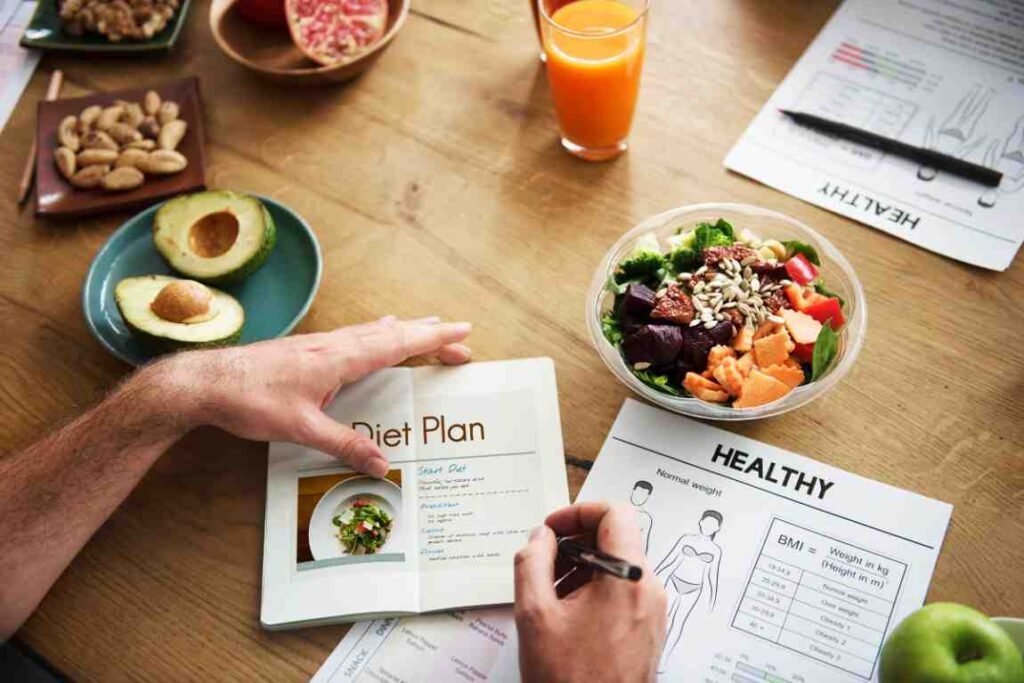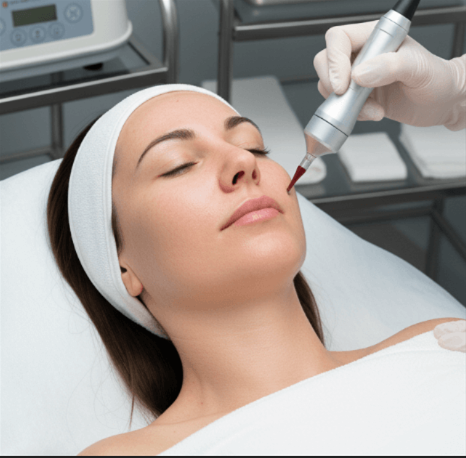Smart, Healthy, and Delicious Ways to Prepare K-Style Meals at Home
Meal prepping is one of the best strategies for eating healthier, saving time, and staying consistent with your nutrition goals. And when it comes to balanced, flavorful, and gut-friendly eating, Korean-style meals offer the perfect foundation. That’s why many nutrition coaches in Seoul are helping clients—both locals and international residents—master the art of Korean meal prep (한식 밀 프렙).
Whether you’re new to Korean food or want to bring more wellness into your weekly routine, these expert-backed Korean meal prep tips can help you build energy, lose weight, and nourish your body with minimal effort.
Why Choose Korean Meal Prep?
Korean meal prep is not just about convenience—it’s about:
- Maintaining balanced nutrition (carbs, protein, fiber, and probiotics)
- Minimizing food waste by using seasonal, affordable ingredients
- Eating home-cooked meals that support gut health and energy
- Creating variety and satisfaction with every meal through side dishes (banchan)
Seoul-based nutrition coaches emphasize meal prep as a lifestyle—not a short-term diet hack.
1. Start with a Weekly Menu Plan (주간 식단표)
Nutritionists in Seoul recommend planning a weekly meal schedule around your goals:
- 🥗 Weight loss? Focus on vegetable-heavy banchan, steamed fish, and barley rice.
- 💪 Muscle gain? Include more lean protein like grilled chicken, tofu, and eggs.
- 🌿 Gut health? Prioritize fermented items like kimchi and doenjang-based stews.
Pro Tip:
Many coaches suggest starting with just 2-3 full meal sets per week and repeating them with slight variations.
2. Batch Cook Korean Staples
Meal prep is easier when you have base ingredients ready to go. Korean nutrition coaches recommend cooking these staples in bulk:
- Multi-grain rice (잡곡밥): Mix white rice with barley, brown rice, or black beans for added fiber and minerals. Store in portions in the fridge or freezer.
- Soybean paste soup (된장찌개): Rich in probiotics and flavor. Make a pot and divide into daily servings.
- Stir-fried anchovies or tofu (멸치볶음 / 두부조림): High in protein and keeps well for several days.
- Vegetable namul (나물 반찬): Blanched spinach, bean sprouts, or seasoned mushrooms last up to a week.
Pro Tip:
Use glass containers for storage and separate wet dishes (like kimchi or soup) from dry ones to maintain texture and flavor.
3. Prep Banchan (Side Dishes) in Rotation
In Korean cuisine, banchan (반찬) are small side dishes that bring variety to each meal. Coaches suggest prepping 3–5 types at a time, such as:
- Kimchi (store-bought or homemade) – Always a must
- Kongnamul Muchim (seasoned bean sprouts)
- Gamja Jorim (soy-simmered potatoes)
- Oi Muchim (spicy cucumber salad)
- Gyeran Jjim (steamed egg cups for quick breakfast)
Pro Tip:
Make one spicy, one savory, one sweet, and one pickled dish each week to balance taste and nutrition.
4. Use the Korean Bento Box Method (도시락 스타일)
Nutrition coaches in Seoul often teach clients to pack meals bento-style, similar to dosirak (도시락). This includes:
- 1 compartment for rice
- 1 for protein (tofu, egg, chicken, or fish)
- 2–3 for assorted vegetables and banchan
Benefits:
- Easy to portion control
- Prevents overeating
- Keeps meals colorful and fun
Pro Tip:
Use silicone dividers or lunchboxes with compartments to keep dishes from mixing.
5. Flavor Without Calories: Korean Sauces & Seasonings
Korean food is packed with umami flavor without relying on heavy oils or processed sauces. Stock your fridge with:
- Gochujang (Korean chili paste) – just a little adds depth
- Doenjang (fermented soybean paste) – probiotic-rich and savory
- Sesame oil – for finishing dishes with nutty richness
- Soy sauce, vinegar, and garlic – staples for dressing and stir-fries
Pro Tip:
Mix gochujang, vinegar, garlic, and sesame oil into a go-to salad or bibimbap dressing for the week.
6. Don’t Forget Herbal Teas & Healing Broths
Nutrition coaching in Korea often includes hydration strategies too:
- Brew barley tea (보리차) or corn silk tea (옥수수수염차) in advance
- Make samgyetang broth (ginseng chicken soup) or radish soup to sip during meals
These teas and broths support digestion, circulation, and energy—essential for busy weeks.
7. Label & Rotate Meals for Freshness
Avoid fridge fatigue by clearly labeling your containers:
- 📅 Date cooked
- 🌈 Color code by meal type (breakfast, lunch, dinner)
- ❄️ Freeze portions if not eaten within 3–4 days
Pro Tip:
Korean nutritionists also suggest rotating seasonal vegetables and fermented foods weekly to improve nutrient diversity.
8. Make Prep a Mindful Ritual
Rather than rushing, Korean nutrition coaches encourage making meal prep a mindful act:
- Play calm music
- Prep with a partner or family
- Express gratitude for your food
This approach aligns with the Korean wellness philosophy of “식치(食治)”—healing through food.
Final Thoughts
With a little planning and inspiration from Seoul’s top nutrition coaches, Korean meal prep can transform your weekly routine. It’s a way to nourish your body, honor your time, and experience the powerful simplicity of K-style nutrition.
Whether you’re aiming for weight loss, energy, or overall wellness, Korean meal prep brings harmony to your plate—and your life.




